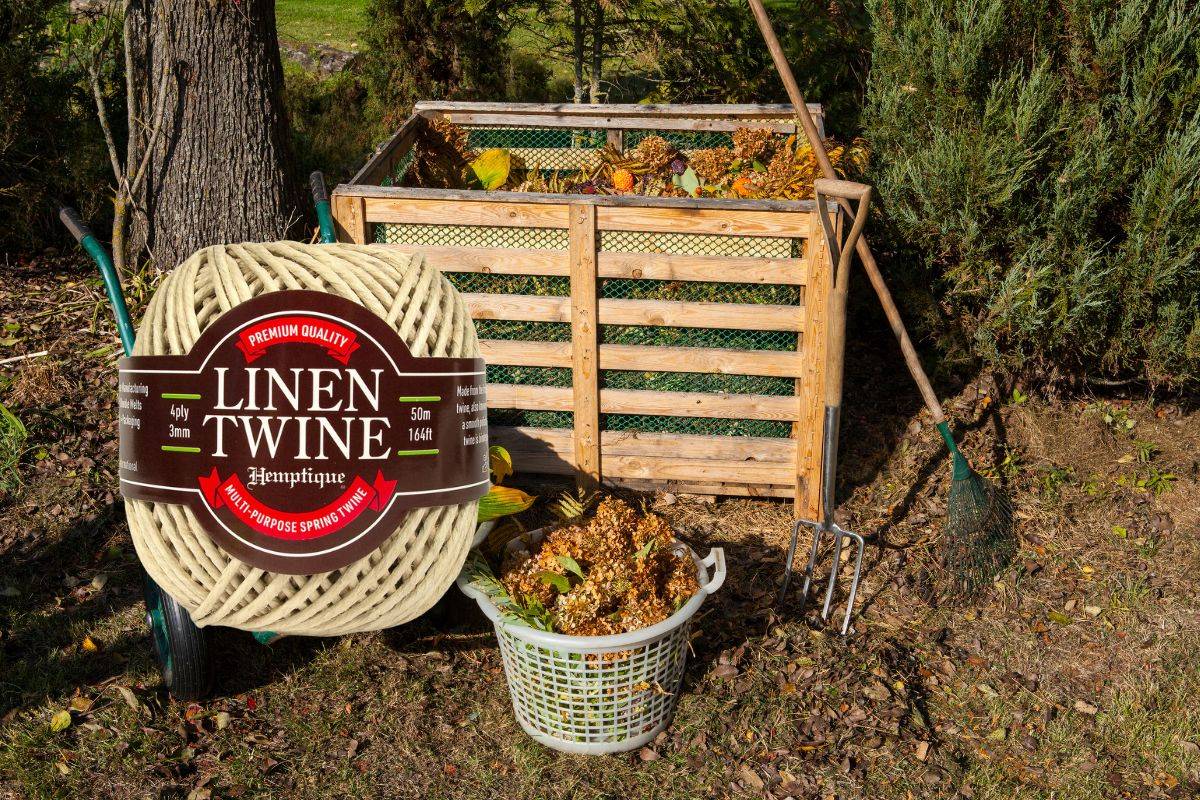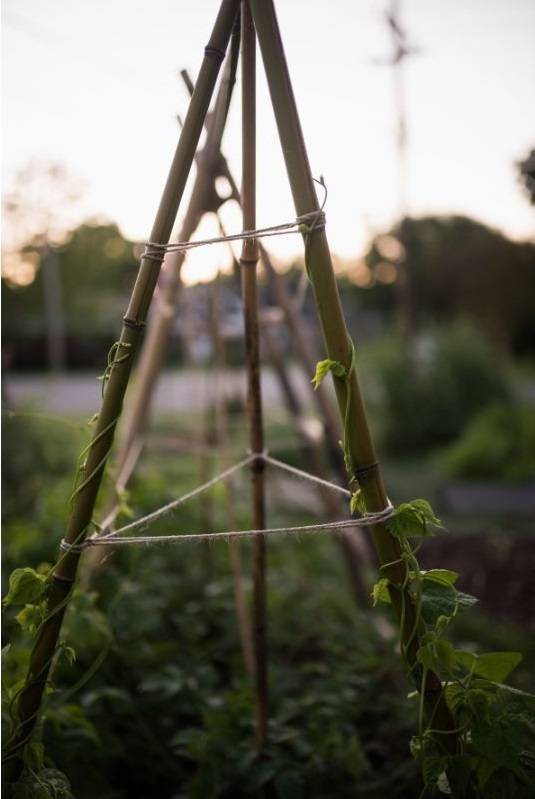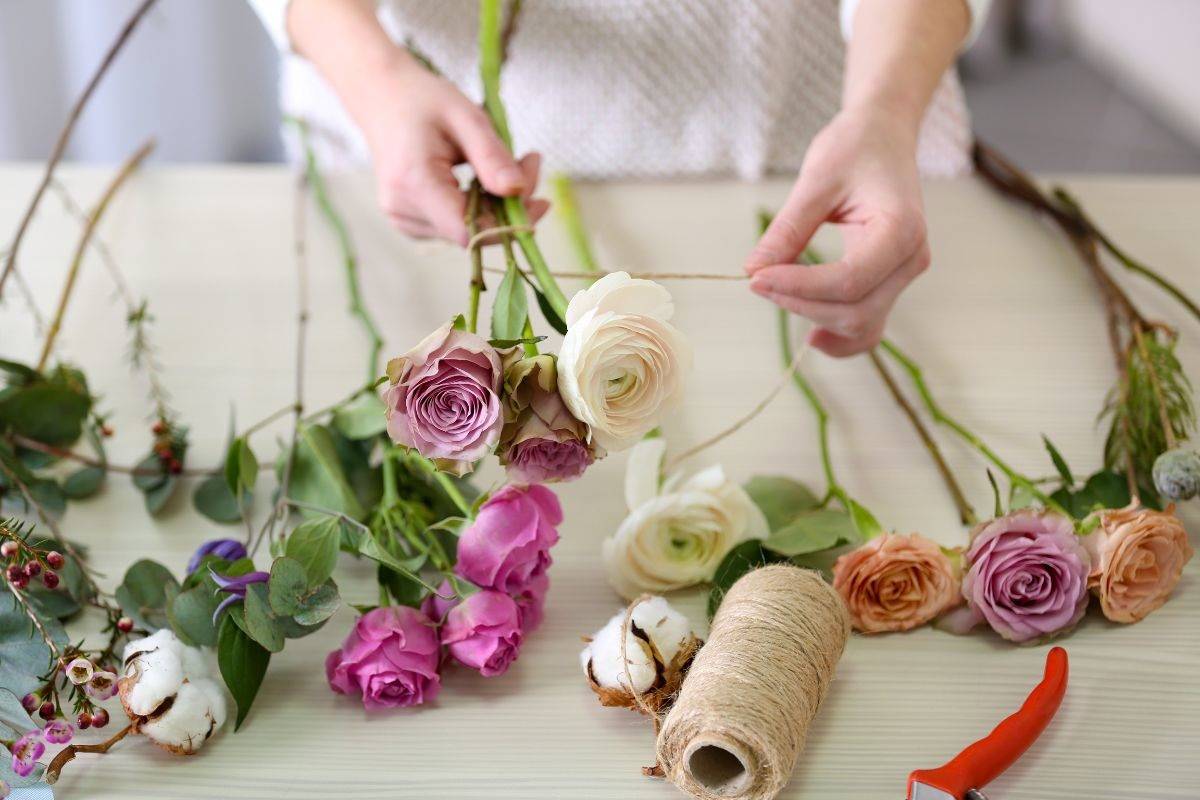Guide to Compostable Twine: Is Linen Really Biodegradable?
Learn how to compost linen twine - what breaks down, what to avoid and how crafters and gardeners can reduce waste with every project.

Innovation & Quality
Developing and supplying premium-quality, sustainably grown, consumer products
100% Natural
Organically Grown and Ethically Sourced
hemp and other natural fiber products
Shipping
We offer fast shipping
Your order out within 1-3 days
Wholesale
Visit our wholesale portal to register or login to your account
Explore Hemptique’s Premium Linen Cord Collection
Table of Contents:
Explore Hemptique’s Premium Linen Cord Collection
What Does "Compostable" Really Mean?
Composting Linen: What Affects Its Breakdown?
Is Waxed Linen Thread Compostable?
Biodegradable vs. Compostable Twine: Know the Difference
How to Compost Linen Twine at Home
Realistic Composting Timelines
Breakdown Comparison: Linen Twine Types
Compost-Safe Uses for Linen Twine
Can Linen Be Composted in Municipal Green Bins?
How Does Linen Twine Compare to Jute, Hemp, or Cotton?
What If My Linen Thread Has Some Wax or Color?
What Does "Compostable" Really Mean?
A compostable twine must meet a few key criteria:
- Be plant-based or naturally derived
- Contain no synthetic additives or plastic fibers
- Fully decompose in a reasonable timeframe (ideally under 6 months)
- Leave no harmful residue or microplastics behind
What Is Linen Made From?
Composting Linen: What Affects Its Breakdown?
- Moisture & Microbial Activity: Linen needs to be in contact with moisture and microbial organisms to begin decomposing. A dry compost bin will not break it down effectively.
- Thread Structure: Tightly spun or waxed linen takes longer to break down. Thinner, unwaxed threads decompose more quickly.
- Additives or Coatings: Not all linen is created equal. Waxed linen, especially if coated with beeswax, takes longer to decompose than unwaxed or soy-waxed linen. Avoid composting threads with synthetic waxes or dyes.
Is Waxed Linen Thread Compostable?
Biodegradable vs. Compostable Twine: Know the Difference

How to Compost Linen Twine at Home
- Cut it small– Chop twine into pieces under 3 inches to increase surface area.
- Moisten the pile – Compost works best with a 40–60% moisture content.
- Mix it in – Don’t leave twine sitting on top. Bury it in green matter (like food scraps).
- Avoid synthetic tags – Remove any plastic-coated labels or binding before composting.
Realistic Composting Timelines
Breakdown Comparison: Linen Twine Types
| Twine Type | Expected Breakdown Time | Best Compost Conditions | Notes |
|---|---|---|---|
| Uncoated Linen Twine | 3–5 months | Moist, aerated backyard compost | Breaks down fastest when chopped into small pieces |
| Soy-Waxed Linen Twine | 6–9 months | Turned compost pile with high green content | Slower breakdown due to wax barrier |
| Beeswax-Coated Linen | 9+ months | Warm, mature pile with active decomposition | Beeswax slows microbial access significantly |
| Dyed Linen Twine | Varies | Depends on dye type and exposure | Avoid composting near edible crops unless dye is plant-based |
Compost-Safe Uses for Linen Twine
- Garden tying and plant staking
- Bundling herbs or produce for farmers’ markets
- Decorative gift wrap for eco-friendly packaging
- Handmade tags or cards with natural embellishments
- Zero-waste floral arrangements or candle accents

Can Linen Be Composted in Municipal Green Bins?
- Check with your city or county’s composting rules
- Cut cordage into short 1–2 inch pieces
- Ensure the twine is free from wax, dye or synthetic blends
How Does Linen Twine Compare to Jute, Hemp, or Cotton?
- Linen vs. Jute: Jute decomposes faster but frays more easily and breaks down in wet conditions sooner. Linen offers more tensile strength and a cleaner finish before composting.
- Linen vs. Cotton: Both break down well, but cotton threads are often mercerized or bleached, which slows decomposition. Cotton may also retain synthetic dyes or chemical softeners. See our full Linen vs. Cotton Thread Guide.
- Linen vs. Hemp: Hemp is also compostable, with strong fibers and a slightly faster breakdown rate when untreated. Linen offers finer textures preferred for stitching, packaging and presentation.
What If My Linen Thread Has Some Wax or Color?
- Test in a small compost area first
- Avoid composting in worm bins (worms don’t digest wax well)
- Do not bury dyed thread in edible garden beds unless the dye source is confirmed safe for soil

